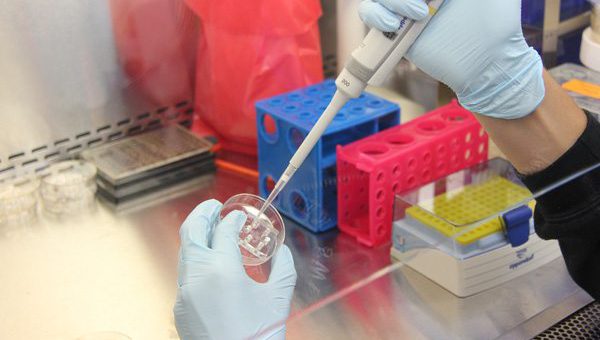In this age of the Food Safety Modernization Act (FSMA) it is increasingly important that the methods you (or your third-party lab) are using are validated by a recognized organization. Methods contained in the FDA Bacteriological Analytical Manual (FDA-BAM), the USDA-FSIS Microbiology Laboratory Guidebook, as well as methods approved by independent, non-governmental bodies such as AOAC, ISO, MicroVal, and AFNOR are all acceptable methods to meet regulatory standards.
Or are they?
Take for example when a rapid pathogen detection method is approved for use by AOAC International. To gain this approval the manufacturer of the instrument, test kit, or media must submit their product for an independent laboratory evaluation (AOAC-RI Performance Tested Method) or the more rigorous Official Methods of Analysis (OMA), which involves a multi-lab evaluation and comparison of the proprietary item against an established methodology. To prove proficiency, the manufacturer of the item will have the validation study performed on several matrices, such as beef, lettuce, non-fat dry milk, stainless steel environmental surfaces, etc., and then be able to claim the item is able to test a wide range or product types. You become aware of this AOAC-approved method, determine it is in your price range and gives you the turn-around time you need to keep inventory low and allow your product to ship on time.
But what if your product is not one of the matrices validated during the studies? What if you have a particularly complex matrix such as a flavoring or botanical raw material. Can you still use the technology? How do you know the technology will not face interference from your product type(s) and cause inaccurate results or even false negatives or false positives?
It is therefore recommended to have a qualified laboratory perform a verification study (aka matrix extension study) on your product(s) to prove proficiency of the method. A verification study is a cost-effective way to allow food and beverage manufacturers to utilize the methodology they want, yet still provide FDA or USDA Inspectors with data indicating that the method is fit-for-purpose for the Preventive Controls program of the manufacturer.
For the verification study to carry the weight necessary for regulators, the laboratory performing the study must first demonstrate competence both in the reference (compendial) method as well as the comparison method being verified. This can be done by performing testing on a previously validated matrix compared to a reference method and determining the data is accurate.
From there the laboratory will proceed with the verification study. One possible protocol is to take a small number of sample replicates of the matrix to be verified and inoculate at various concentrations that will produce both positive and negative results. After confirming the inoculum levels in all the samples, the Limit of Detection of the method of choice can be determined by the results of all the samples applied to a statistical model.
A method verification study can be performed on qualitative methods (positive/none detected) as well as qualitative methods with minor differences in preparation and statistical evaluation. Spoilage indicator organisms, pathogens and other analytes are all possible targets of the verification study.
It is important to utilize a competent laboratory to perform the study to give the results the credibility needed to withstand regulatory scrutiny. Q Laboratories is currently the only laboratory in the Western Hemisphere recognized as an Expert Laboratory by all three major International Accreditation bodies, AOAC, AFNOR, and MicroVal.





